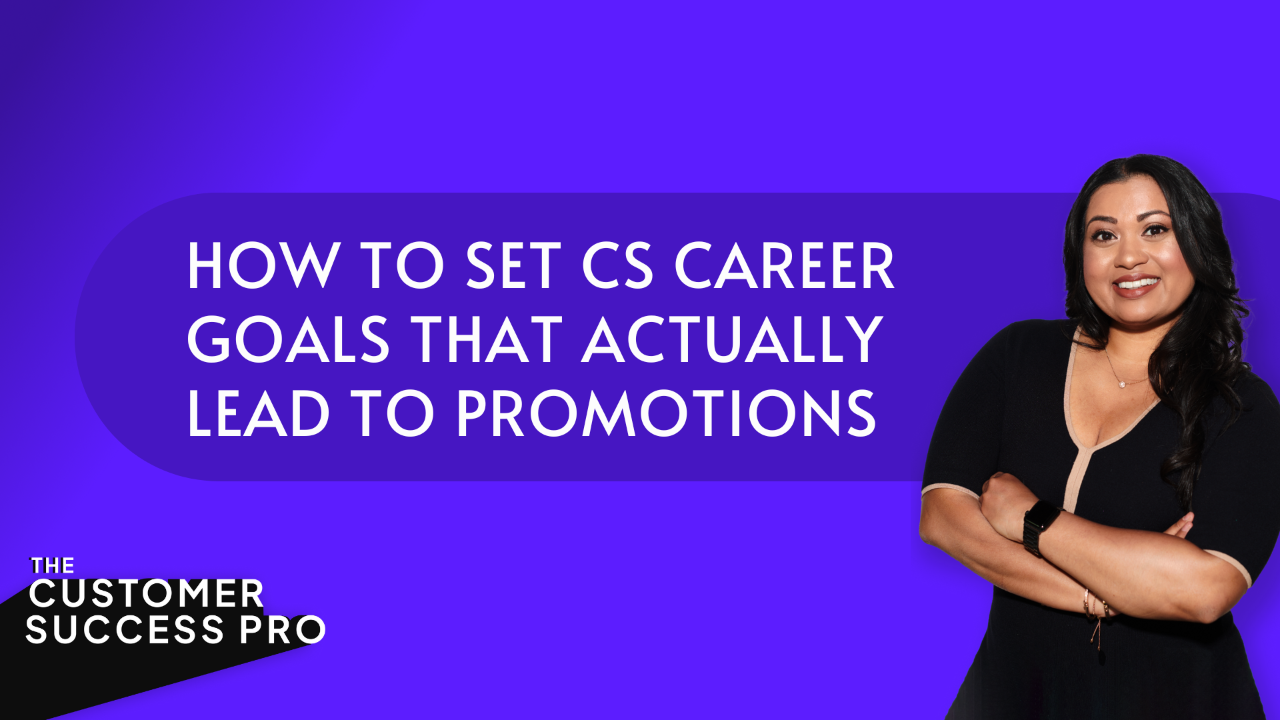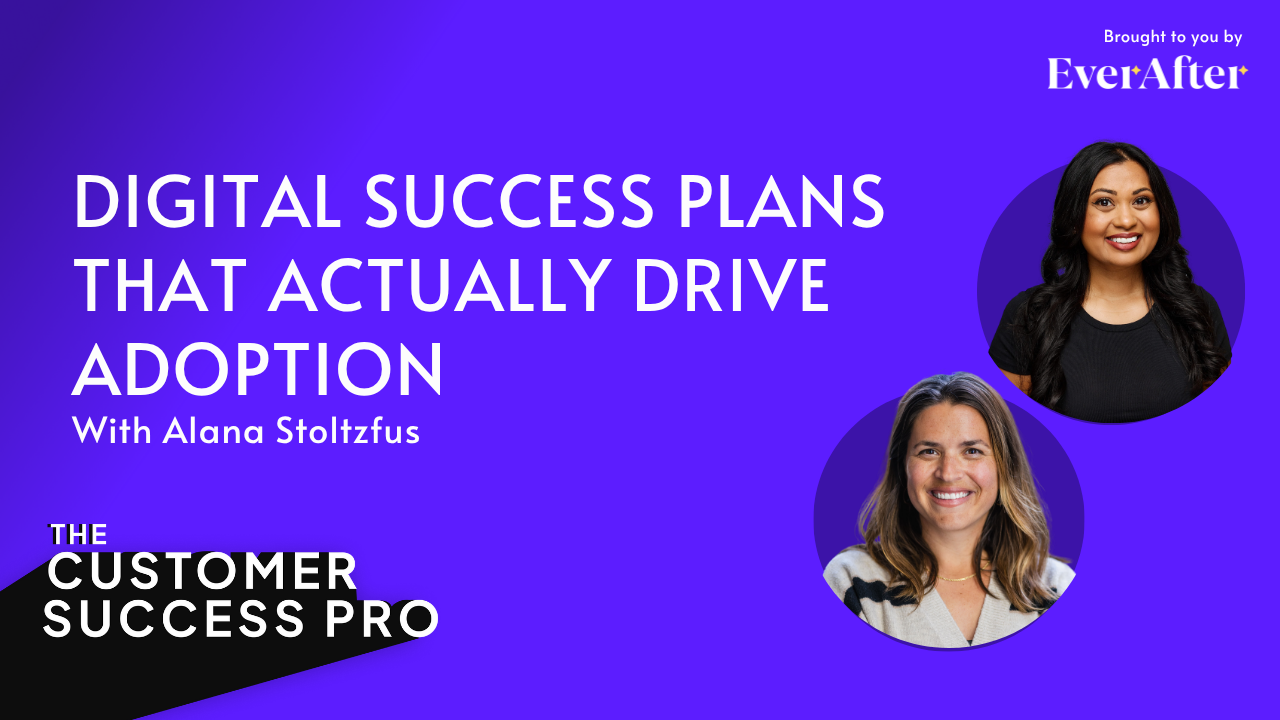Unlock Revenue in
Customer Success
Are you a Customer Success Pro™ struggling to be more strategic and unlock revenue?
If managing customers and responsibilities feels overwhelming, my step-by-step system will help you drive revenue in your next business review.
GET YOUR FREE REVENUE GUIDEGET STARTED
Three ways I can help you GROW:
Ready to grow your CS career or elevate your team?

I'm a CS Pro
Enroll in RevUP Academy
A 6-week intensive coaching program where you will learn world-class strategies to drive higher revenue and become more strategic. Become the rockstar Strategic CSM!

I'm a Leader
Book Group Coaching or Team Training
Elevate your team’s performance with strategic group coaching and customized workshops. Help your team develop the skills they need to become strategic CSMs!
I'm Exploring
Grab Free CS Resources
Get my step-by-step templates, guides, and playbooks to unlock revenue faster. I’ve done the work so you don’t have to! These are all my playbooks, templates, and tools!

FREE GIFT
Use AI to Streamline CS
Eliminate busywork, streamline tasks, and focus on what matters most—your customers. Download my free guide with 100 AI prompts to:
• Automate workflows
• Boost productivity
• Drive revenue
Start using AI to elevate your CS game today.
DOWNLOAD NOWLATEST FROM THE BLOG
Level Up Your CS Skills
Our comprehensive blog posts have everything you need to level up your customer success game!
NICE TO MEET YOU
I'm Anika Zubair
After 13 years of building and scaling Customer Success teams at hyper-growth SaaS companies, I’ve learned what it takes to drive real results—like achieving 120% NRR, reducing churn to under 5%, and driving multi-million-dollar ARR growth.
I’m passionate about helping CS pros become revenue-generating experts and build high-performing teams. As a global thought leader, speaker, and podcast host of The Customer Success Pro, I share actionable insights to help you level up your CS game.
Let’s unlock revenue, exceed targets, and shape the future of Customer Success—together.
Anika has been recognized by:







"I wish I had worked with Anika sooner, but better late than never"
- Jane Kang

"I LOVED CSM RevUP! It got me so jazzed."
- Bethany Patterson

"From unprepared to using success plans in every call - Thank you!"
- Larissa Donald

"Anika made the learning feel dynamic and fun!"
- Tom C.
THE CS PRO NEWSLETTER
Get Actionable CS Advice Delivered to Your Inbox.
Customer Success is a marathon, not a sprint. We’ll guide you to the finish line with weekly advice.



